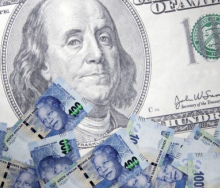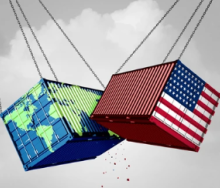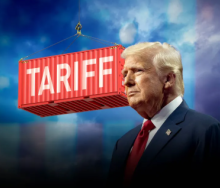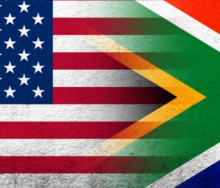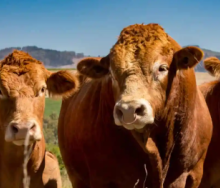Based on the assumption that the duty-free access South African goods enjoyed through Agoa is over, diverting products to other friendly markets should be the main preoccupation of the Department of Agriculture, assisted by the Department of Trade, Industry and Competition.
This is the view of Wandile Sihlobo, chief economist of the Agricultural Business Chamber of South Africa.
The Middle East and Asia should be the primary focus for South Africa to build access, mainly in China, India, and Saudi Arabia, he says.
“The Middle East promises more potential for expansion, as it is not as saturated as what we observe in the EU, and there are no domestic competing farmer interests in this region.
“While a significant share of South Africa's agricultural products are already exported to the Middle East, the presence of South African agriculture in this region is arguably still peripheral. For example, according to Trade Map data, Saudi Arabia imports roughly $25 billion of agricultural products annually. South Africa is one of the most minor exporters, accounting for a mere 1% of the Saudi Arabian imports, and ranks 31st in the agricultural imports list.”
The UAE is a large agricultural market that imports roughly $22bn of agricultural products annually, Sihlobo points out. South Africa has a 2% share and is the 16th largest supplier. Qatar imports about $4bn a year, but here, South Africa also plays a minor role, ranking 10th in the list of suppliers to Qatar and having a 2% market share in Qatar's agricultural imports.
Regarding the products, the Middle East primarily imports various meat products, grains, oilseeds, and fruits, amongst other products.
“There is a need for targeted promotion and marketing of products, along with government support to nudge the Middle Eastern countries to address any remaining phytosanitary barriers and tariffs for South African products in these countries.”
The case for pushing more agricultural exports to China is clear in Asia. In 2023, China was a leading agricultural importer, accounting for 11% of global agricultural imports, which totalled over $200bn. The US, Germany, the Netherlands, the UK, France, and Japan trailed China.
The leading suppliers of agricultural products to China are Brazil, the US, Thailand, Australia, New Zealand, Indonesia, Canada, Vietnam, France, Russia, Argentina, Chile, Ukraine, the Netherlands and Malaysia.
South Africa is the only African country in China's top 30 agricultural suppliers and ranked 28 in 2023. Still, South Africa remains a negligible player in the Chinese agricultural market, accounting for a mere 0.4% ($979 million) of China's agricultural imports of $218bn in 2023.
China is already one of South Africa's major agricultural markets for fruits, wine, red meat, nuts, maize, soybeans, and wool. However, there is room for more ambitious agricultural export efforts, Sihlobo believes.
What the South African authorities should argue for in China is a need for lower import tariffs and the removal of phytosanitary constraints on various products. This would unlock the export potential into this market.
“This diversification approach for South Africa's agriculture is more urgent. Beyond the US tariffs, we will have a boom in harvesting various fruits in the coming years, which will require a market.
“We know now that a baseline tariff of 10% will apply to imports from all countries. It remains unclear if there are differences in the remaining 20% (that makes up the rest of the 30%) duties levied against South Africa.
“We suspect there may be some differences product by product, but that will be clear as soon as the US authorities release more information. We know that the reciprocal tariffs will generally range from 10% to 60% (and to 30% in the case of South Africa). The exact levy will be based on what the White House Council of Economic Advisers thinks is the sum of tariffs and non-tariff barriers on US goods to a specific country.”
The details of how the various domestic industries engage with this will also be precise in the coming days and weeks. “But what I must stress regarding agriculture is that the US accounted for 4% of the total $13.7bn in exports in 2024. While this may seem small, it is significant for specific industries, particularly citrus, grapes, wine, and fruit juices. Since the inception of Agoa, South Africa's share of agricultural exports to the US has remained at similar levels.”

